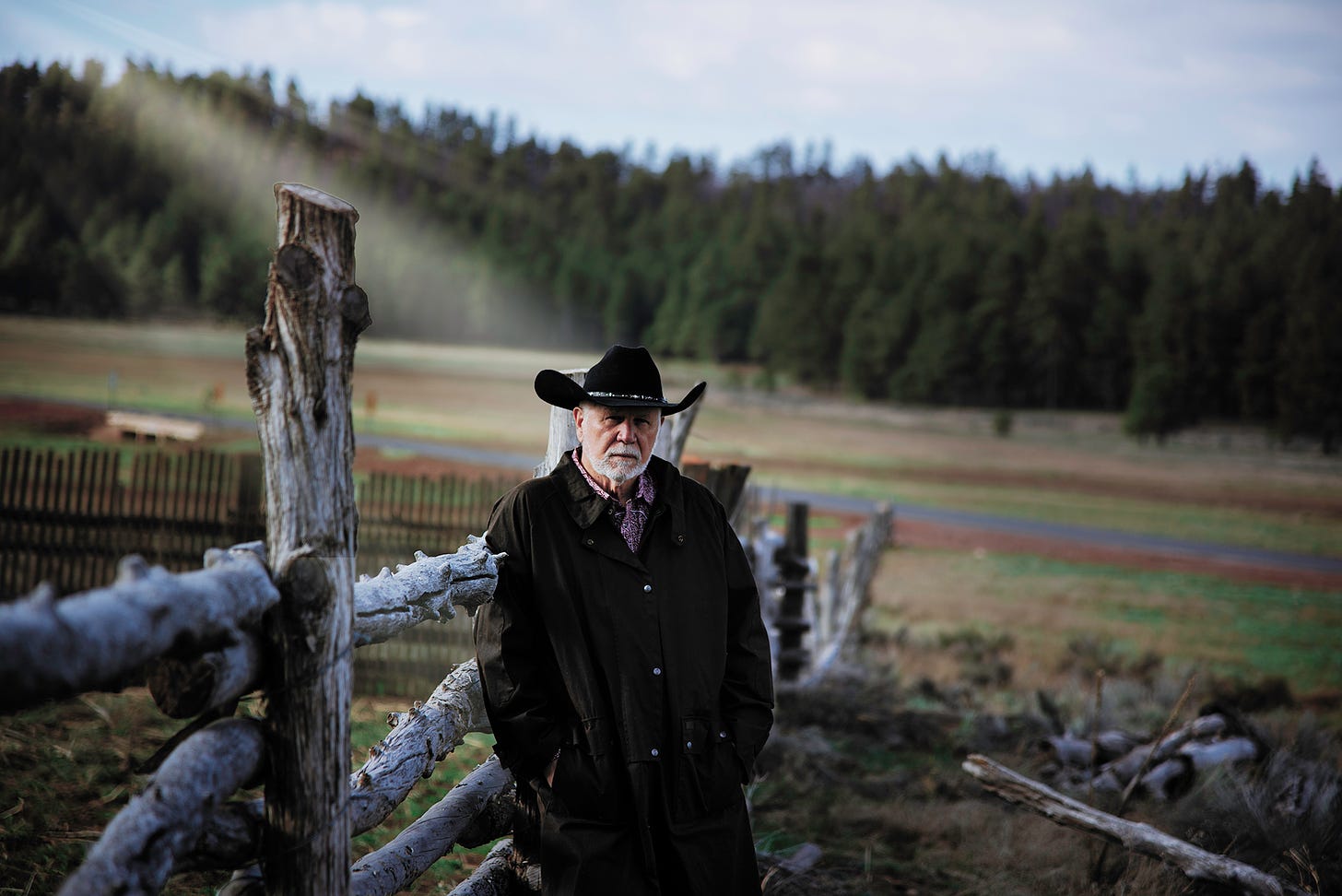Storytelling with your camera: Fun as well as important
We all love the single image, but sometimes a set of photos can reveal more than a single moment or memory.
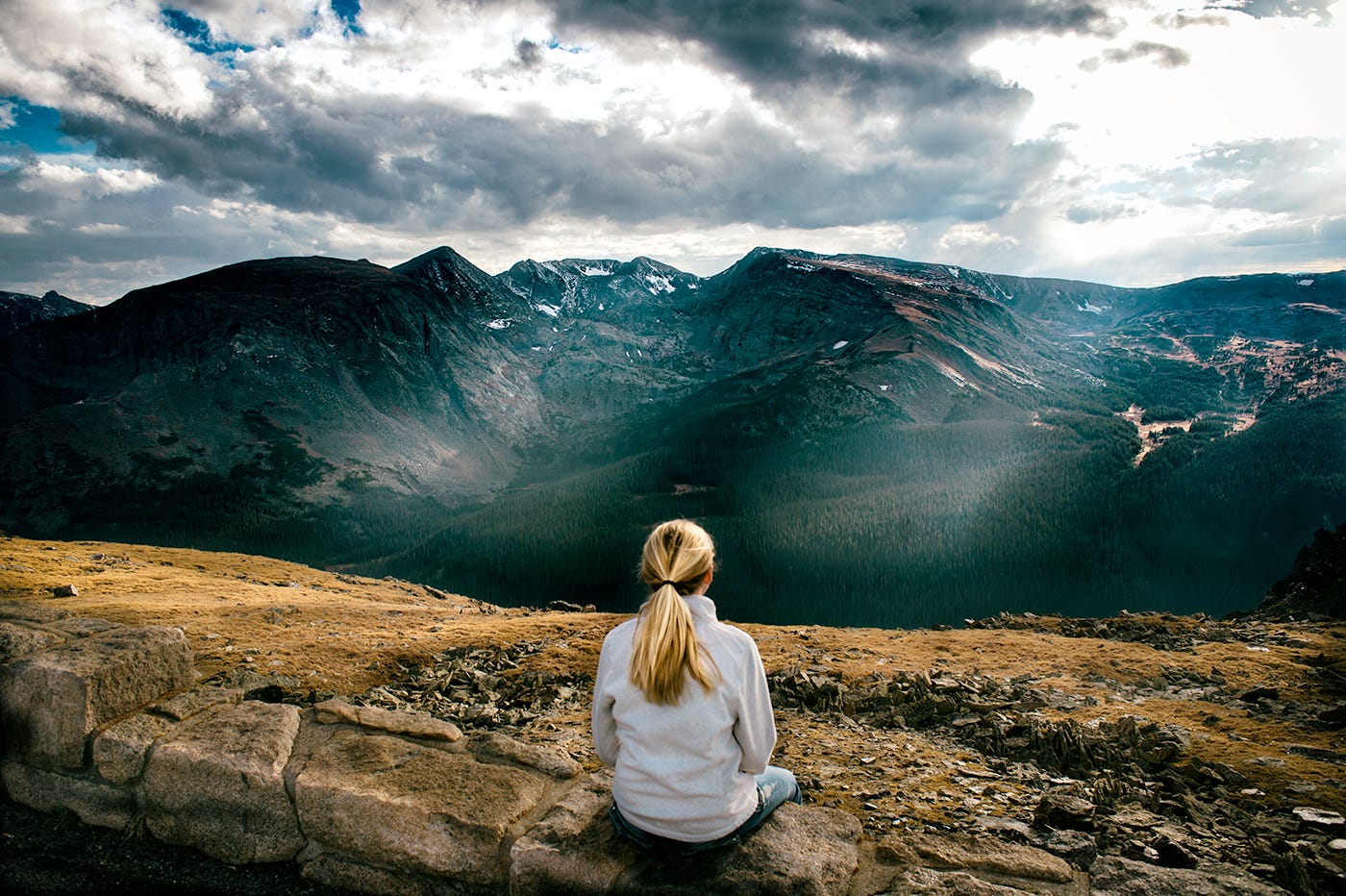
I have always been in love with the still image. From the beginning, the perfect image would captivate me totally. From Robert Frank to Ansel Adams to Peter Lindbergh, the deliberately created photograph would pull me in.
And they told stories as well. A full novel in a landscape by Robert Adams, a short story in a piece by Stephen Shore, or a delicate poem in the works of Sarah Moon.
I choose still imagery over motion. I enjoy a movie now and then, but a cup of coffee and a good book of photographs are so much more satisfying.
However, there are times when photography isn’t just about isolated images, it's about weaving tapestries into visual narratives. It's about choosing the right threads, the right moments, and then spinning them into a set of images that resonate.
I think of it this way. A single photo can be a perfect gem, but occasionally that gem can use some visual context to frame it to be more than itself through the power of the group. One photograph may be a paragraph, but a set of photos may tell a complete story.
A single photo could be a snapshot, a glimpse into the real world. But a series of photos can tell a visual story.
That's a tremendous journey.
That's a novel.
That's "War and Peace" with a side of Ellen VonUnwerth.
We're wired for great stories. From cave paintings to Netflix binges, we humans are suckers for stories that surprise us, entertain us, teach us.
We seem to crave the beginning, the middle, the end.
We want the twists, the turns, the surprises.
We want the hero, the villain, the unexpected llama.
Okay, maybe that's just me. I like llamas. I even like saying llamas. Try it… go ahead.
LaaaaaMaaaa… so good.
Look, when photographers turn to visual storytelling, they're not just creating art.
They're building bridges.
They're inviting viewers to step into a world, to walk a mile in someone else's shoes, or paws, or fins. They become a conduit from the world to the frame of the story. That frame gives the story boundaries, edges, and let the story breathe with its own life.
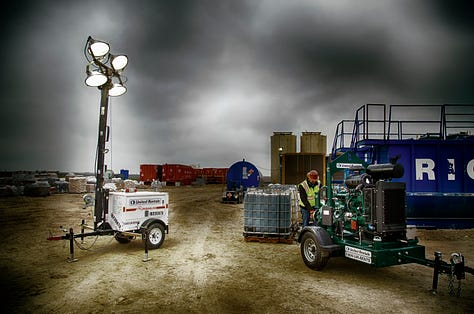

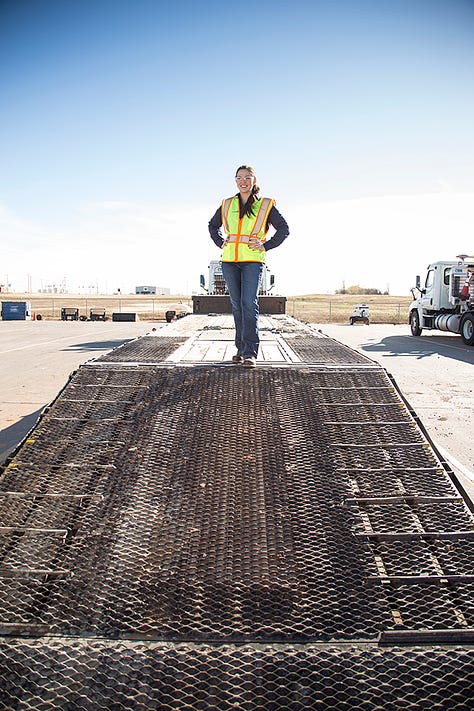
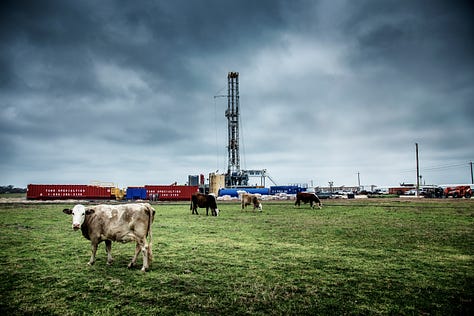

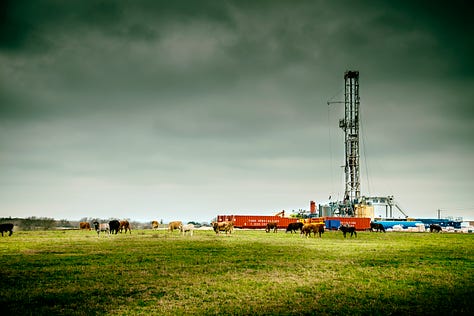
Shooting stories can simply be fun.
It's like being a film director, but without having to deal with those overacting divas and difficult leading men.
It's like being a novelist without writer's block and crumpled paper, choosing instead a lightproof box with film or card.
It's pure, unadulterated, creative joy.
But it's more than fun.
It's also a responsible thing to do.
When we tell stories, we shine a light.
We reveal truths.
We give voice to the voiceless.
We challenge assumptions.
We provoke thought.
We stir empathy.
And in this crazy, wacky world, we could all use a little more empathy, ya know?
So grab your cameras and look beyond the single frame.
Find the story.
Weave the narrative.
And remember, if at first you don't succeed, try, try again.
After all, every picture tells a story, but a series of pictures?
Now that just might be a bestseller.
THE PAID SUBSCRIPTION MODEL HELPS SUPPORT ME
Are you thinking to yourself, “What reasons could possibly exist that would make me want to pay for a subscription to this, or any other newsletter?”
I get it. I do. But, see, here’s the thing.
There is value in the paid version that cannot be matched by anything in the known (and unknown) universe. That includes free copies of my books when they are released, information for subscribers only, live shows starting in June, and a heck of a lot of fun. In fact, I am using Chat GPT to locate all the counties and townships where having this much fun could actually be illegal. I’ll keep you apprised.
Take a look and decide for yourself.




